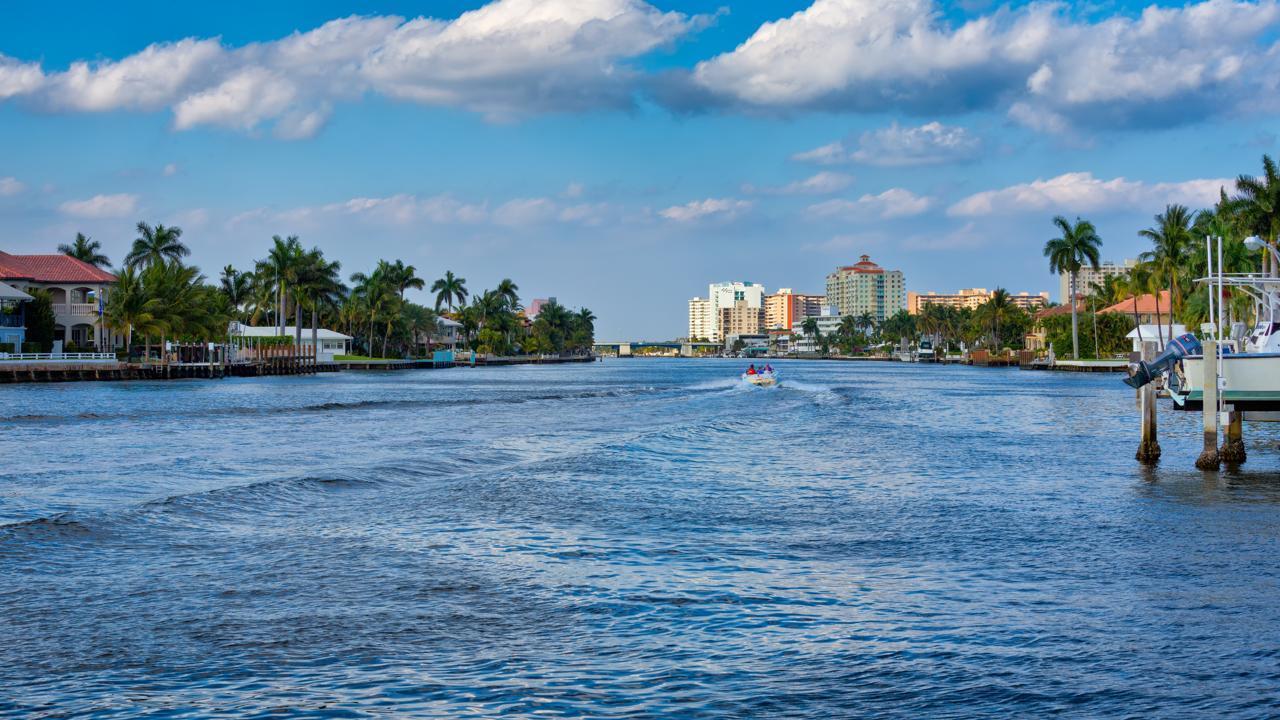
Post by : Amit
Russian Inland Waterway Transport Sees 30.5% Surge in First Half of 2025
Transportation on inland waterways in the Russian Federation has recorded a remarkable increase of 30.5% during the first six months of 2025, according to official statistics released by the Ministry of Transport. This significant growth highlights a renewed focus on leveraging Russia’s vast network of rivers, canals, and reservoirs to boost domestic cargo movement, ease road and rail congestion, and promote sustainable logistics solutions.
Revitalizing a Traditional Transport Mode
Inland waterways have long played a vital role in Russia’s transportation landscape. Spanning over 100,000 kilometers, Russia boasts one of the most extensive inland waterway networks in the world. Historically, these waterways have been instrumental in moving bulk goods such as coal, timber, grain, oil products, and construction materials across the country’s vast and often challenging terrain. Despite their strategic importance, inland waterways had seen fluctuating usage over recent decades due to competition from road and rail transport, infrastructure limitations, and harsh climatic conditions.
The reported 30.5% rise in cargo volume transported by inland waterways during the first half of 2025 signals a significant turnaround and a strengthening of this transport mode’s contribution to Russia’s logistics ecosystem. Experts view this as a positive sign for efforts aimed at creating a more balanced and multimodal freight transport system within the country.
Drivers Behind the Growth
Several factors have contributed to the surge in inland waterway transport activity. First, government initiatives aimed at modernizing waterway infrastructure have improved navigability and port facilities, enabling larger volumes of cargo to be handled efficiently. Investments under federal programs such as the National Transport Strategy 2030 and the Development of Inland Water Transport have accelerated dredging operations, upgraded locks, and expanded cargo handling terminals.
Secondly, rising fuel prices and growing environmental concerns have incentivized logistics operators and shippers to shift some of their freight from more carbon-intensive road and rail modes to waterways, which offer a more fuel-efficient and environmentally friendly alternative. Inland water transport produces significantly lower CO₂ emissions per tonne-kilometer compared to trucks and trains, aligning with Russia’s commitments to reducing its carbon footprint.
Third, the ongoing geopolitical challenges and shifting trade patterns have underscored the need for resilient and diversified transport corridors within Russia. Waterways provide an essential alternative for regions where rail or road infrastructure is less developed or vulnerable to disruption, ensuring uninterrupted cargo flows even amid external uncertainties.
Sectoral Impact and Cargo Types
The increase in inland waterway cargo volumes has been driven largely by bulk commodities, reflecting their suitability for water transport. Coal shipments have seen strong growth, supported by demand from domestic power plants and export terminals. Timber and wood products, a traditional mainstay of Russian inland water transport, have also contributed significantly, benefiting from improved port facilities and growing global demand.
Agricultural products, particularly grain exports, have increasingly been routed via inland waterways to reach Black Sea ports and other export hubs. The movement of oil products and chemicals has likewise expanded, underpinned by investments in specialized vessels and tank facilities along key river routes.
In addition to bulk goods, container traffic on inland waterways is showing signs of gradual growth, aided by efforts to integrate waterborne container handling into multimodal supply chains. This trend indicates a broader potential for inland waterways to support a diverse range of cargo types beyond traditional bulk commodities.
Regional Highlights
Several key waterways have been central to the growth trend. The Volga River basin, the heartland of Russia’s inland navigation system, remains the busiest corridor, handling a majority of the country’s waterborne freight. Improvements along the Volga have enhanced year-round navigation, reducing seasonal interruptions caused by ice and water level fluctuations.
The Don and Kama rivers, important tributaries connecting industrial and agricultural regions, have also seen increased traffic, particularly for the transport of raw materials and manufactured goods. In the northwest, the Volga-Baltic and White Sea-Baltic canal systems facilitate shipments between the interior and maritime ports, providing vital links for export activities.
Further east, the Siberian river systems, including the Ob and Yenisei, are becoming more accessible due to infrastructure upgrades and growing resource extraction activities. These developments have opened new opportunities for inland water transport to serve Russia’s expanding economic frontiers.
Challenges and Opportunities
While the recent growth is encouraging, several challenges remain for the inland waterway sector. Seasonal weather conditions, including winter freezing, continue to restrict navigation periods in many regions. Ongoing investment in icebreaker fleets and winterization of ports is essential to extend operational windows and ensure continuity of service.
Infrastructure gaps, particularly in remote areas, need addressing to fully realize the potential of inland water transport. Expanding modern cargo terminals, improving intermodal connectivity with rail and road networks, and upgrading vessel fleets are key priorities for future development.
Furthermore, skilled workforce availability and technological modernization, including digital navigation aids and real-time traffic management systems, will be crucial to enhancing efficiency and safety. The sector must also navigate evolving environmental regulations and community concerns related to water quality and habitat preservation.
On the opportunity side, inland waterways offer a vital platform to support Russia’s green transport ambitions and reduce logistics costs for exporters and domestic industries. The expansion of container handling capabilities and integration with global supply chains can position Russian inland water transport as a competitive option for international freight.
Government Commitment and Strategic Outlook
The Russian government has expressed strong commitment to supporting the inland waterway sector as part of its broader transport and economic development strategies. The reported 30.5% increase in transport volumes underscores the initial successes of policy measures and investment programs aimed at revitalizing this traditional yet strategically important mode.
Looking ahead, the government plans to continue prioritizing inland waterway modernization, including enhanced financing mechanisms, public-private partnerships, and international cooperation on river basin management. Efforts to digitize waterway operations and implement smart logistics technologies are underway, aimed at improving operational transparency, cargo tracking, and overall system responsiveness.
As Russia seeks to diversify and secure its logistics networks amid shifting geopolitical and economic landscapes, inland waterways are expected to play a central role. Their capacity to handle large volumes of bulk cargo efficiently and sustainably complements rail and road transport, helping build a resilient multimodal freight system that can support economic growth and regional development.
The 30.5% surge in transportation on Russia’s inland waterways in the first half of 2025 marks a significant milestone for the country’s transport sector. It reflects the combined impact of government investment, market demand shifts, and strategic emphasis on sustainable logistics solutions. Inland waterways, long overshadowed by road and rail, are re-emerging as a vital artery for Russia’s cargo movement, offering economic, environmental, and operational advantages.
Continued focus on infrastructure upgrades, technological innovation, and regulatory support will be key to maintaining momentum and expanding the role of inland water transport. As Russia navigates the challenges of modern logistics and global trade dynamics, its inland waterways stand poised to become a cornerstone of its transport future, connecting regions, supporting industries, and contributing to a greener, more efficient supply chain.
Russian, Inland Waterway, Transport
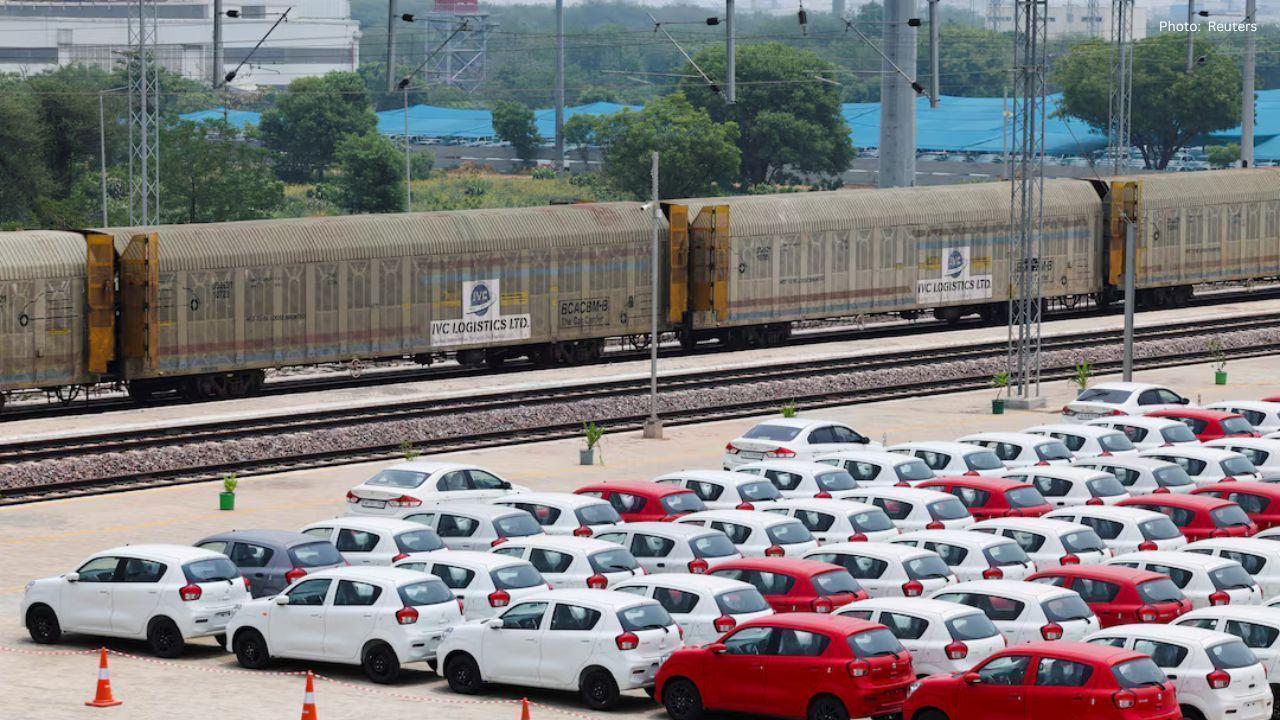
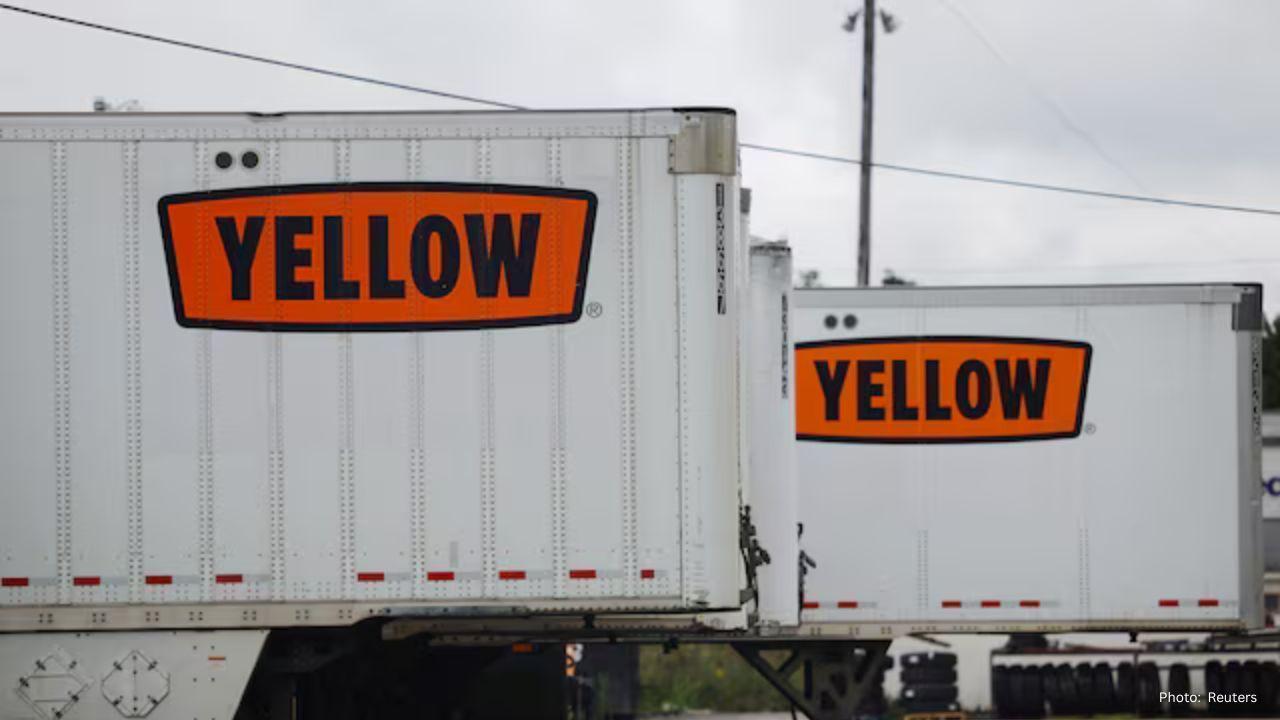
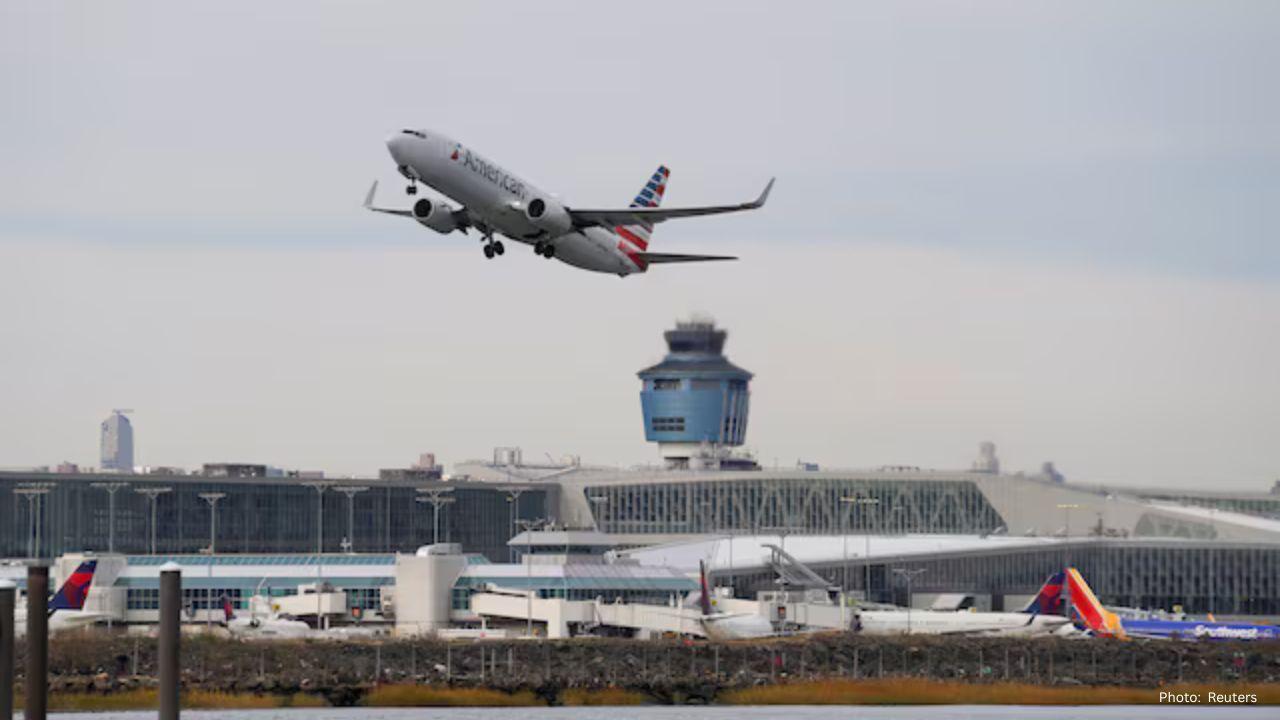
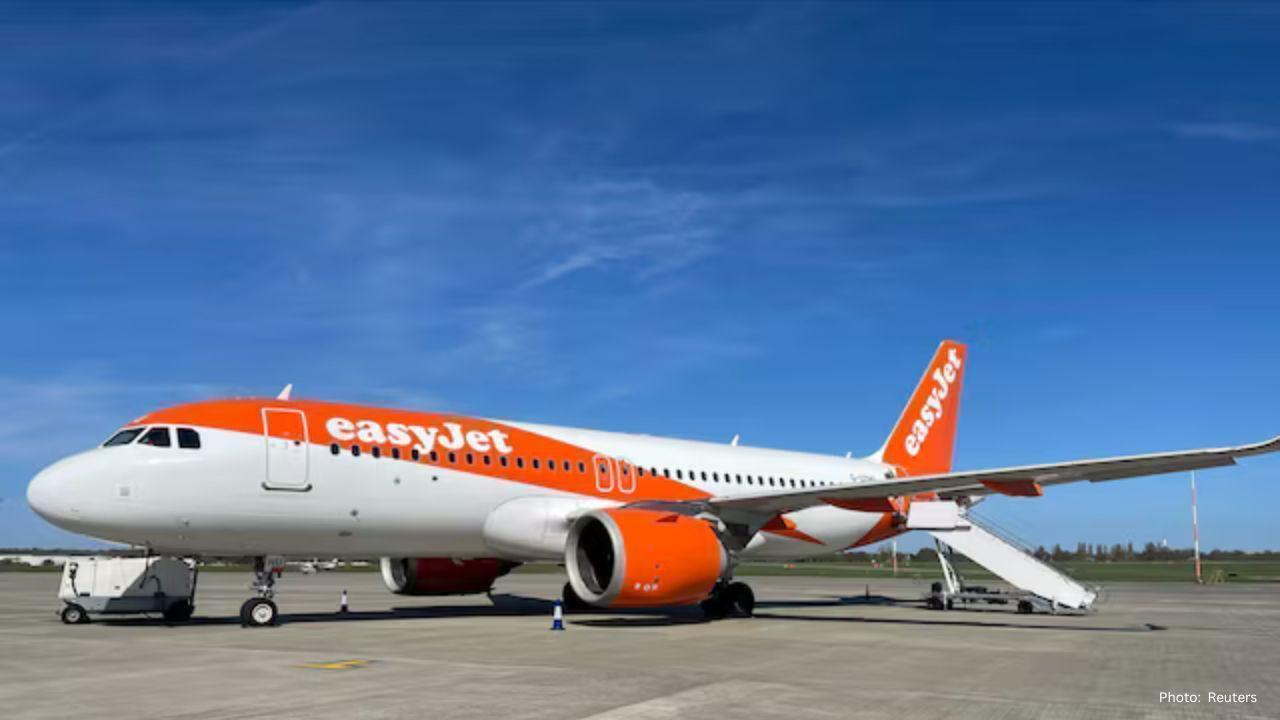




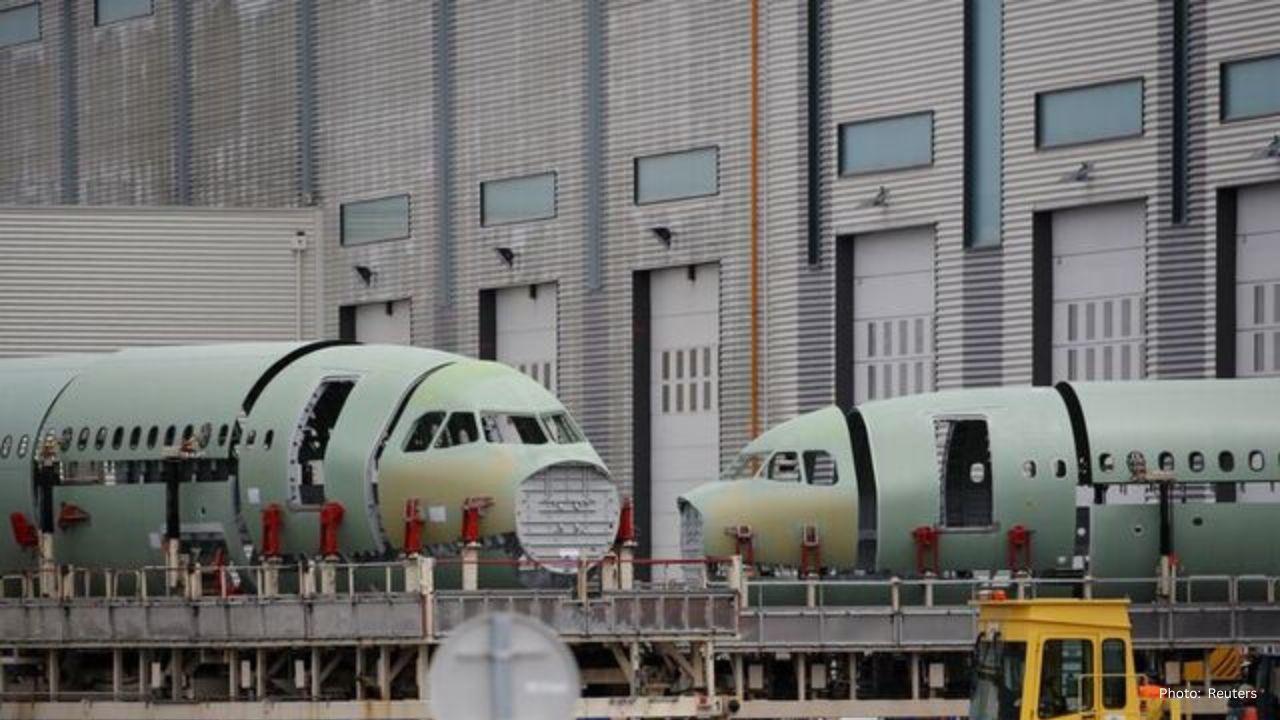
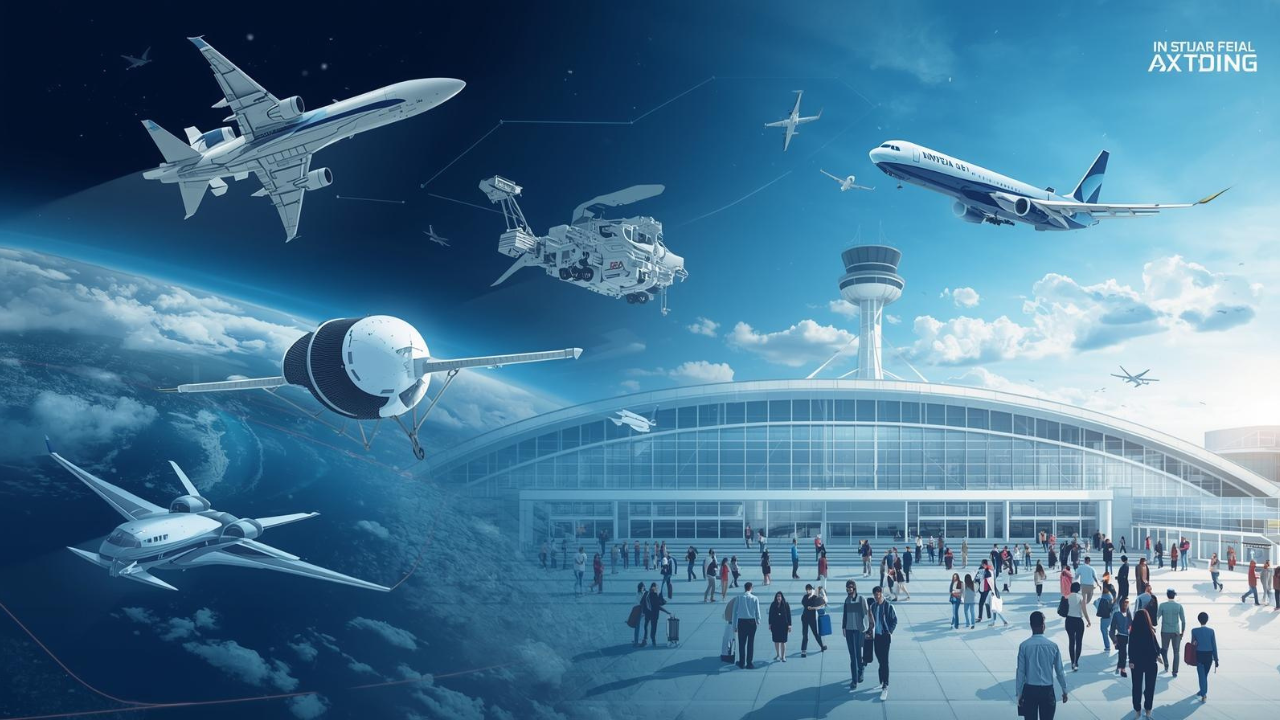
Advances in Aerospace Technology and Commercial Aviation Recovery
Insights into breakthrough aerospace technologies and commercial aviation’s recovery amid 2025 chall

Defense Modernization and Strategic Spending Trends
Explore key trends in global defense modernization and strategic military spending shaping 2025 secu

Tens of Thousands Protest in Serbia on Anniversary of Deadly Roof Collapse
Tens of thousands in Novi Sad mark a year since a deadly station roof collapse that killed 16, prote

Canada PM Carney Apologizes to Trump Over Controversial Reagan Anti-Tariff Ad
Canadian PM Mark Carney apologized to President Trump over an Ontario anti-tariff ad quoting Reagan,

The ad that stirred a hornets nest, and made Canadian PM Carney say sorry to Trump
Canadian PM Mark Carney apologizes to US President Trump after a tariff-related ad causes diplomatic

Bengaluru-Mumbai Superfast Train Approved After 30-Year Wait
Railways approves new superfast train connecting Bengaluru and Mumbai, ending a 30-year demand, easi